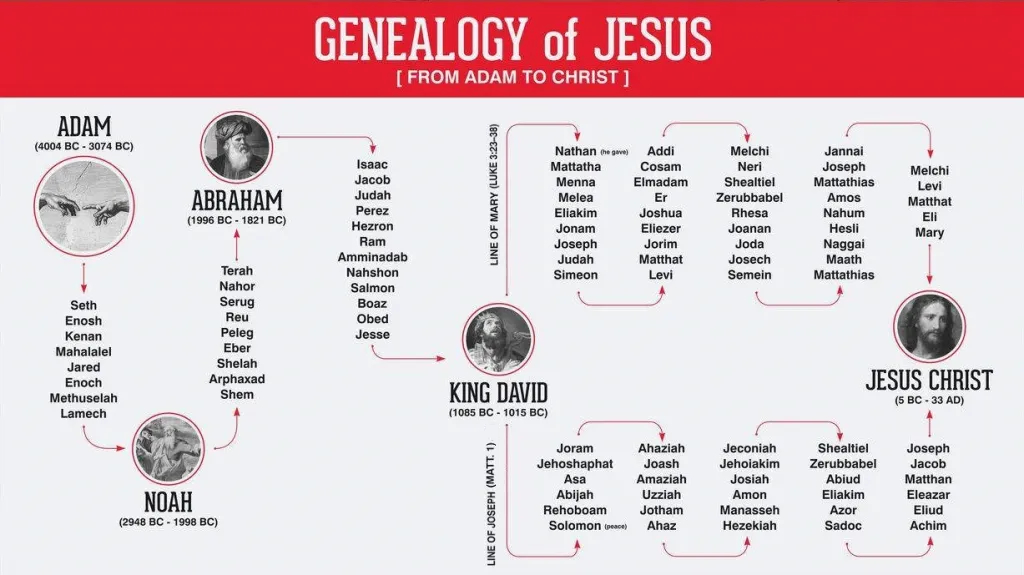Deciphering the genealogies of Jesus

The Gospel accounts in Matthew & Luke vary in their accounting of the lineage of Jesus back to David. It would appear at first blush that there is a contradiction in these two accounts. But there are at least three potential good explanations of the differences in the gospel accounts. Here is a brief description of each of the explanations:
1. Eusebius (260AD-339AD – early church historian and theologian) – espoused the idea that Joseph’s real father must have died and his mother remarried, under the levirate marriage (the idea found in Deuteronomy 25:5-6 that said if a wife’s husband dies, she is to marry his brother or close relative and the relative’s children will then take on the legal rights of
the original husband – read the book of Ruth, or Genesis 38:6-10 for examples of levirate marriage in the bible, also see Matthew 22:25-30 where this idea is used to challenge Jesus). Eusebius reasoned that Joseph had two fathers – a legal father (his mother’s first husband) and a genetic father (his actual birth father – a relative of his mother’s first husband). In this reasoning and reading of the gospels – Joseph would legally be the son of Eli (the first husband of Joseph’s mom – and listed as his father in Luke’s account) and he would be the natural son of Jacob (the second husband of Joseph’s mom and his birth father – he is listed in Matthew’s account). Thus, Luke follows the legal heritage of Joseph and Matthew is following his natural heritage). This is not a commonly held belief in modern scholarship.
2. Luke’s “He was the son, so it was thought, of Joseph,” is missing a definite article in the greek in the reference of Jesus being the son of Joseph. This the only instance in either of the
two genealogies of a son being listed without the definite article. Some scholars have argued this is because Luke is trying to make a parenthetical reference to Joseph as he lists Jesus’ lineage through Mary. Thus it would be translated more similar to this”Jesus the son (thought to be of Joseph) of Heli… This rendering would mean that Heli is actually the Father of Mary. Because Jesus was conceived of the Holy Spirit – His only natural lineage would be through Mary and her father (since ancient Jews counted lineage through the men of the family).
3. In the New Testament, we only know of Mary having a sister (John 19:25). If it is the case that Mary does not have any other siblings – specifically male siblings – it could mean that her father’s inheritance would have come down to her as the rightful heir to the family lineage. Joseph, as her husband, would then feasibly be able to be listed as the son of his father-in-law Heli – Mary’s father.
The reality is, that we don’t know if any of these theories hold water or not. It’s possible that it’s none of these and there is a completely plausible reason that modern scholarship hasn’t thought of. The fact that there are good explanations to consider means we shouldn’t look at these two lists as contradictions, but rather as things we can’t understand completely from this side of history.
The reality is, that both Matthew and Luke are each trying to make a specific theological point with their geaneologies. Matthew is making the point that Jesus is the fulfillment of the Davidic prophecies about the Messiah – He is the King that was to come. Luke is showing how Jesus the Son of Man (going back to Adam) is also the Son of God (going back to creation).
There is so much to glean out of these genealogies if you will take the time to study them and look for why exactly the authors included them.
